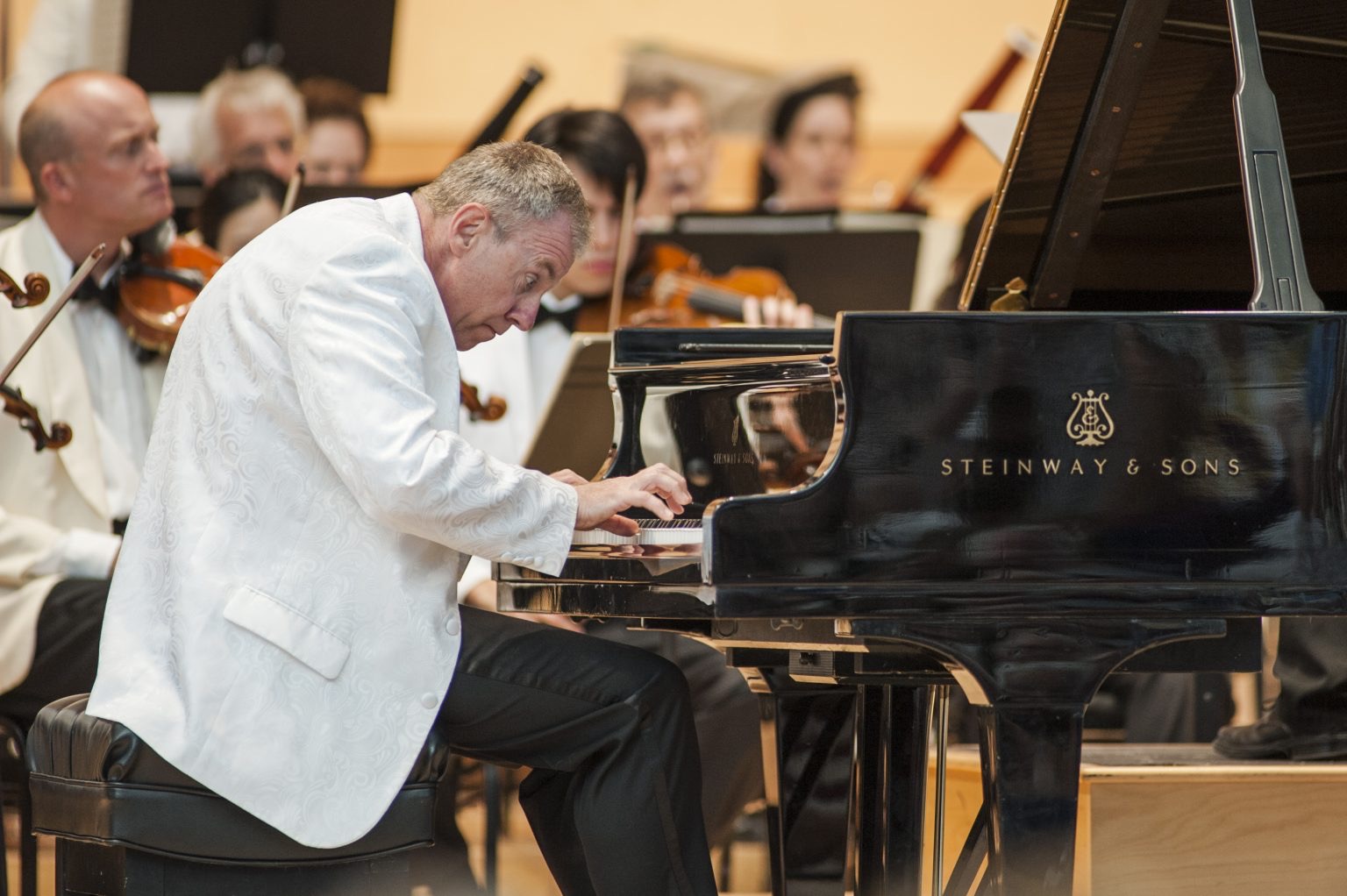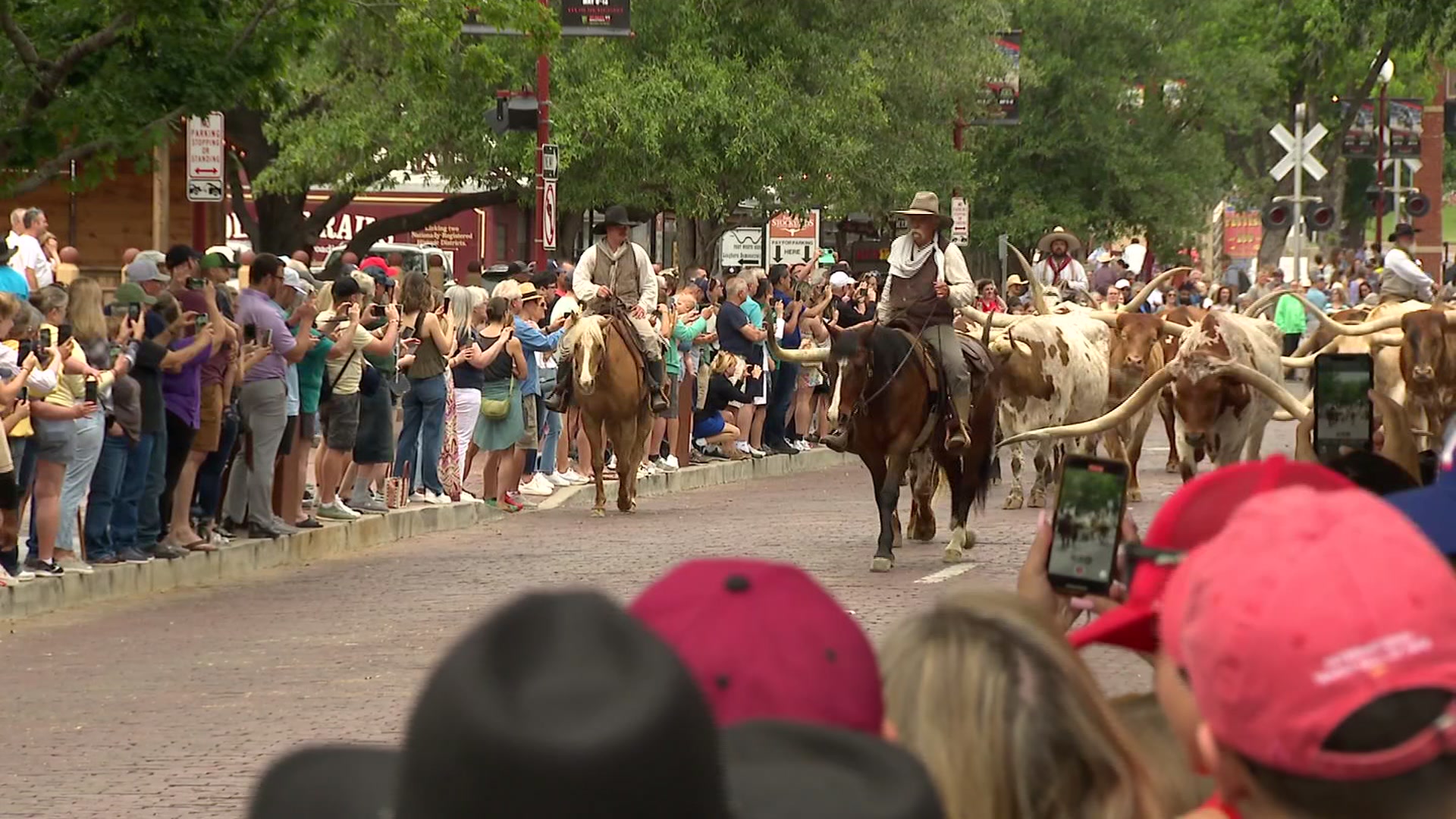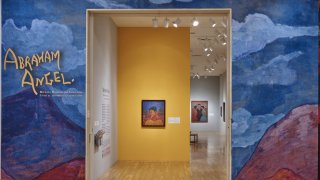
In only three years, Abraham Ángel became an important figure in modern Mexican art, a cultural luminary of the early 1900s. Abraham Ángel: Between Wonder and Seduction, now on view at the Dallas Museum of Art through Jan. 28, is the first major survey of Ángel’s work in more than 35 years, uniting nearly all of Ángel’s works. This exhibition is the first dedicated showing of Ángel’s paintings in the United States.
Ángel produced only 24 paintings before dying suddenly at age 19. Four are lost. What remains shows the vivacity of Mexico as it transformed from a rural society to modernization. Organized thematically, the exhibition shows Ángel’s rapid evolution as he explores Mexico’s national identity following the Mexican Revolution as well as his own identity as he immersed in Mexico City’s queer subculture. The exhibition also includes works by contemporaries including his mentors, Adolfo Best Maugard and Manuel Rodriguez Lozano.
Dr. Mark A. Castro, the Dallas Museum of Art’s former Jorge Baldor Curator of Latin American Art, curated the exhibition. He talks about Ángel’s influences, style and impact.
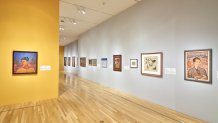
Get DFW local news, weather forecasts and entertainment stories to your inbox. Sign up for NBC DFW newsletters.
NBC DFW: What makes Abraham Ángel a compelling artist?
Dr. Mark A. Castro (MC): It’s hard to not be struck first by the uniqueness of his biography – Ángel began painting when he was sixteen and, despite the fact that he only produced twenty-four paintings before his death three years later, established himself as a leading figure in modern Mexican Art. On a more personal level, I feel that Ángel’s paintings have an extraordinary ability to evoke a feeling of kinship between his subjects and modern viewers. We can all recall what it was like to be young and beginning to understand who we were as individuals. Ángel’s paintings have the power to draw you back into those feelings, albeit to a different time and place.
NBC DFW: How did his mentors, Adolfo Best Maugard and Manuel Rodriguez Lozano, influence him?
The Scene
MC: Both Maugard and Rodríguez Lozano introduced Ángel to the major players in the Mexican cultural scene, exposing him to debates about art, culture, and national identity that were shaping Mexican art in the 1920s. Each of them also provided important guidance for his development as a painter. Maugard taught Ángel a method for drawing that would prove foundational for Ángel’s own style, while Rodríguez Lozano shared his experiences and interests in international modern art, expanding Ángel’s frame of reference for his own painting.
NBC DFW: His career was short - only three years. In that time, how did Ángel's style evolve? How is that evolution reflected in the exhibition?
MC: Ángel shifts very quickly from working in Maugard’s drawing method to finding his own unique voice. As you move past the first few works in the show, you see Ángel’s paintings become more confident – he starts to create more complex compositions and quite boldly explores themes that are being discussed and debated by the leading cultural figures of the day.
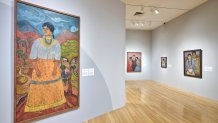
NBC DFW: How does Ángel express and explore his own identity through his works?
MC: For Ángel, I believe painting offered a way to interrogate aspects of his life and identity that he must have felt were critical to making him who he was. Some of his works deal with the shift from rural to urban environments, for example, which was a transition he experienced moving from the small town of El Oro to Mexico City. Other works, including many of his portraits, press on the Bohemian subculture of Mexico City, where queer men, like Ángel himself, could find acceptance.
NBC DFW: Looking at his works together, what can we learn about Mexican culture in the 1920s?
MC: Ángel’s paintings offer us a glimpse of a rapidly changing nation; cities are growing and modernizing, with infrastructure transforming the Mexican landscape. At the same time, society and culture were changing, as the restrictive social norms that had governed Mexican society were beginning to loosen and fall away. For a young person like Ángel, it was an incredibly exciting and stimulating time, feelings that I think he is able to evoke so beautifully through his paintings.
Learn more: Dallas Museum of Art

